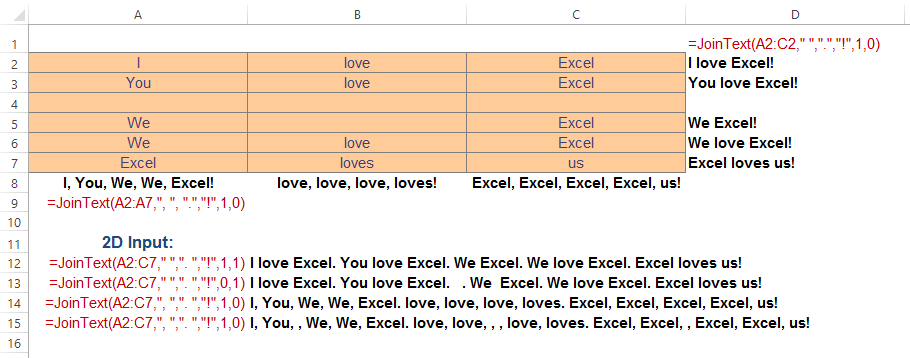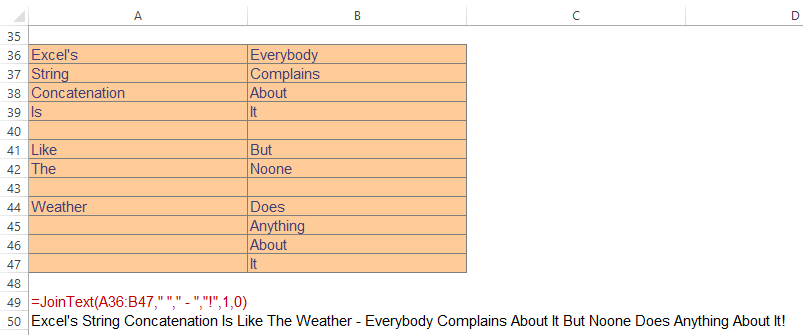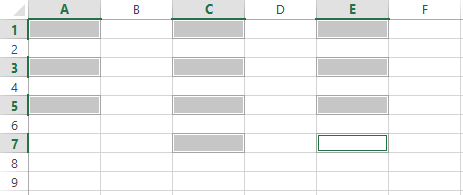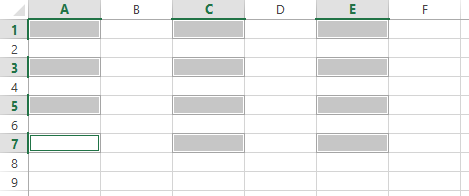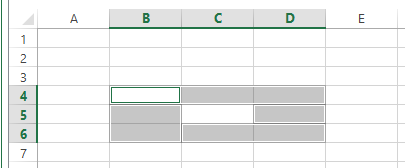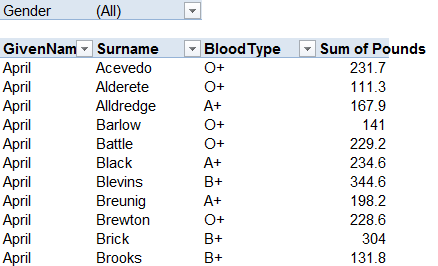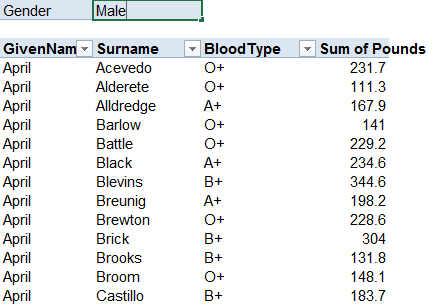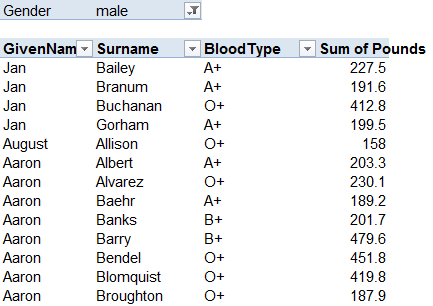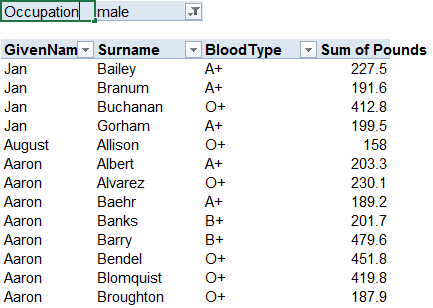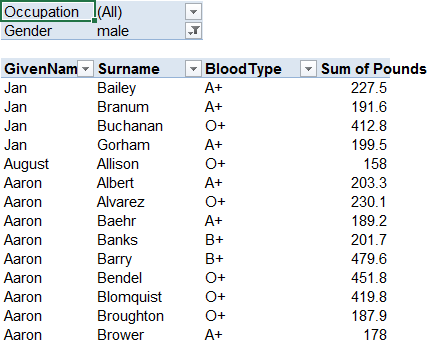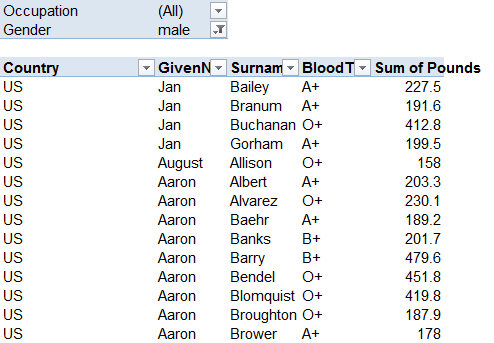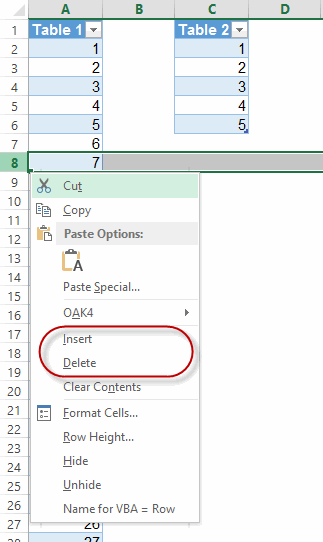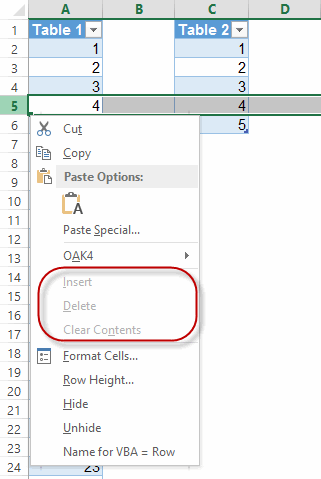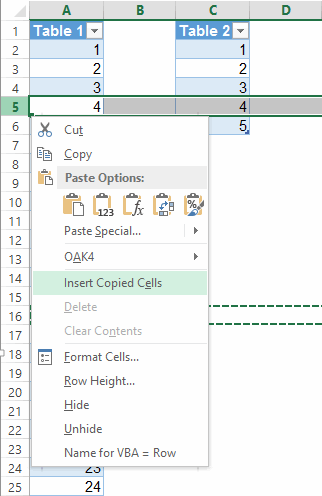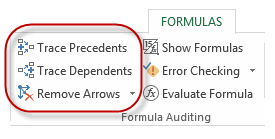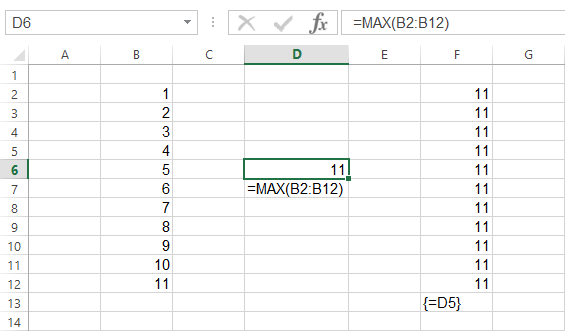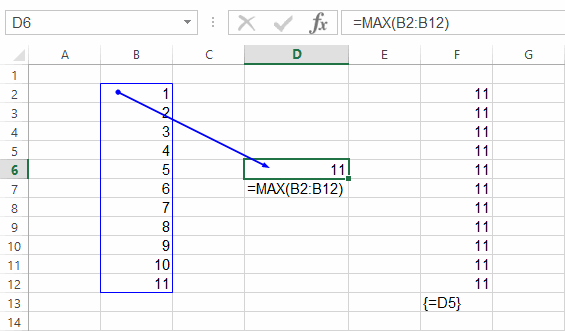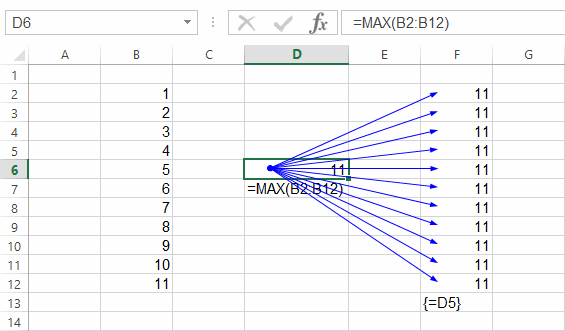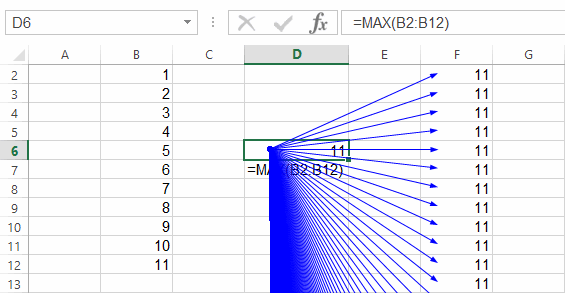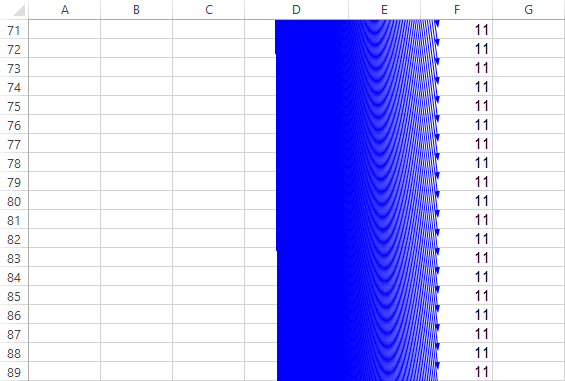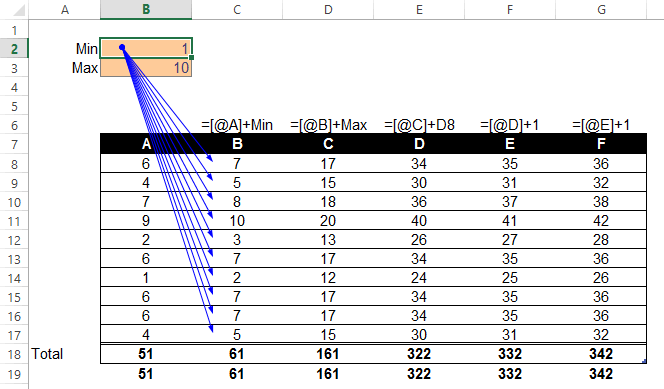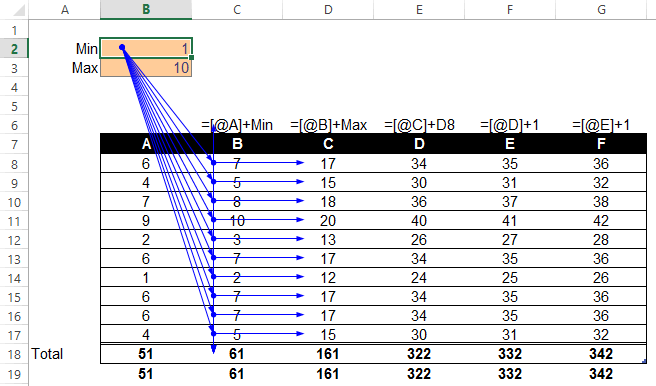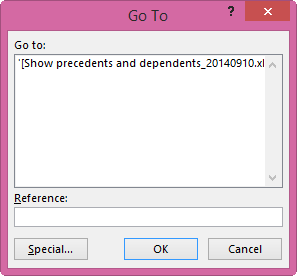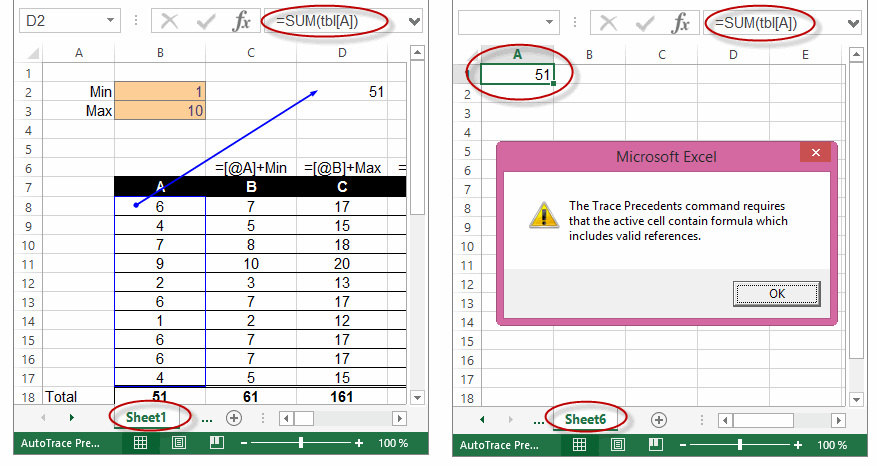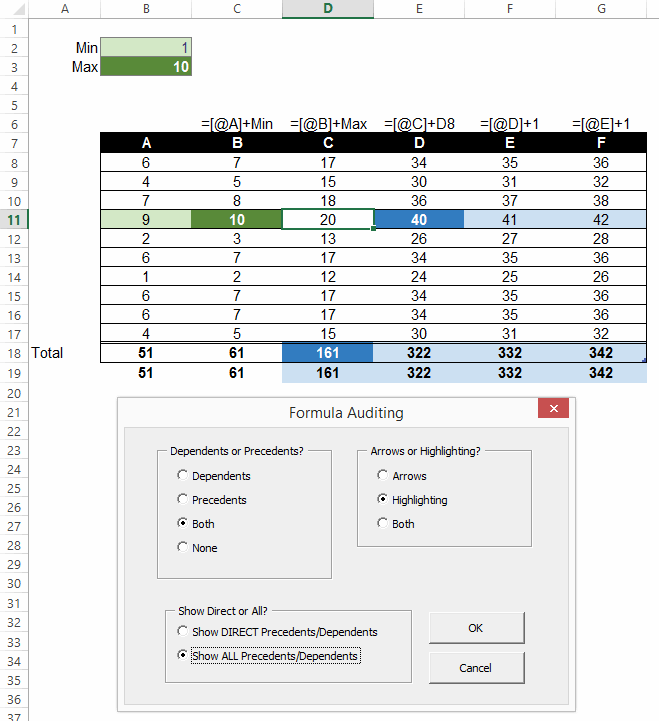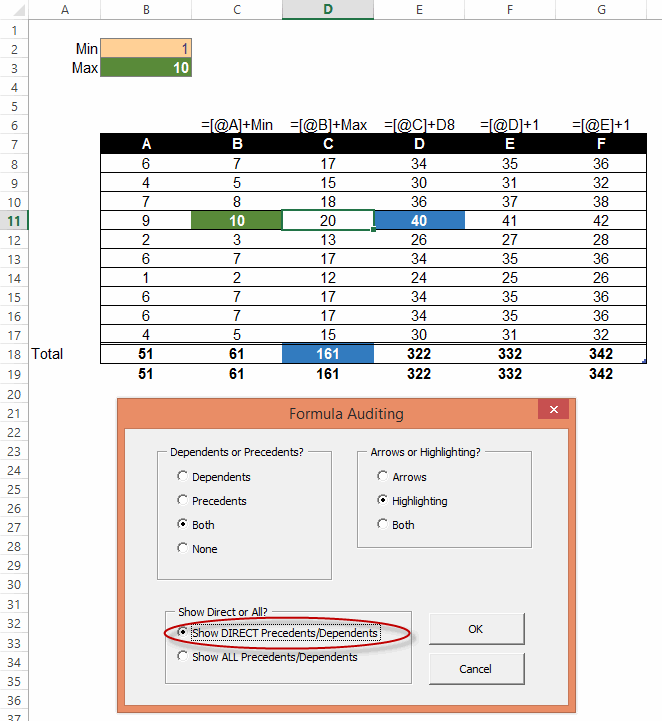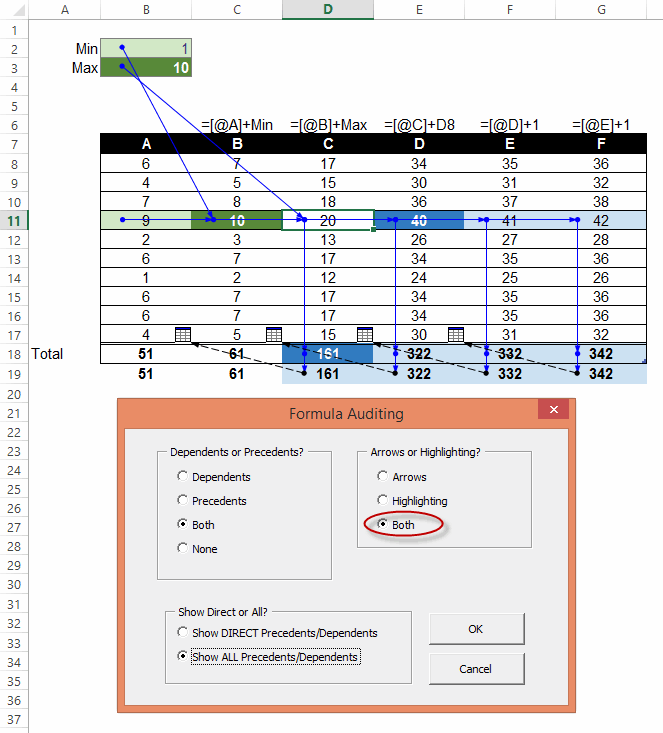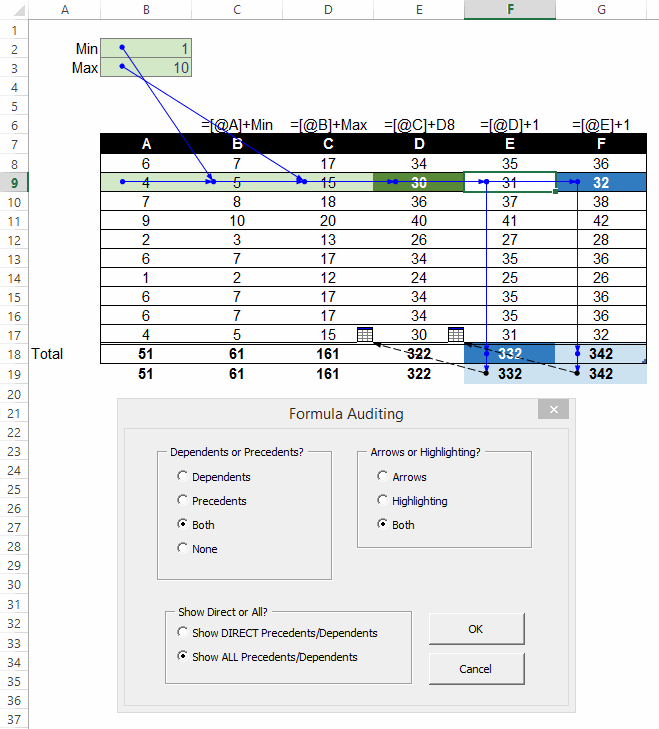Sumit Bansal’s post VLOOKUP Vs. INDEX/MATCH – The Debate Ends Here! sparked some great discussion on the merits of VLOOKUP vs INDEX/MATCH, including at Oz du Soleil’s lighthearted rebuttal at The Anti-VLOOKUP Crowd Is Out In The Streets Again!
I especially love Peter B’s comment at Sumit’ post:
My opinion is that VLOOKUP and HLOOKUP are simply over-specialised legacy functions and Excel would be all the better for ‘pruning’ them out. I do use VLOOKUP occasionally when I have a 2-D range; the search array happens to be on the left; I only wish to return a single field; I am sure the data is clean and the match will always succeed. Despite that, I think the value they bring to the bloated zoo of Excel functions is not worth their keep.
Of course, NOTHING can ever be cleaned out of Excel, for good reason…otherwise all the millions of complex black-box spreadsheets that continue to function just fine long after the person who constructed them moved on to another task, job, or incarnation will break. Not to mention all those fantasy football spreadsheets. MS has backwards-compatibility issues that are beyond belief really.
At the same time I agree with Bob Phillips’ point at Sumit’s post:
The biggest selling point to me is that VLOOKUP is easy to teach to people, and it sticks, INDEX/MATCH less so.
But I disagree with Bob’s point that VLOOKUP can be/is just as flexible as INDEX/MATCH, merely because we can do stuff like this with it:
=VLOOKUP(“z”,CHOOSE({1,2},$B$1:$B$10,$A$1:$A$10),2,FALSE)
=VLOOKUP(“g”,$D$2:$H$15,MATCH(“Qtr2”,$D$2:$H$2,0),FALSE)
Just as flexible? Maybe, if you bend it double with brute force. Just as fast after you’ve made it just as flexible? Not likely. Any more understandable than the INDEX/MATCH equivalent? Not in my experience.
In fact, I feel a rude joke coming on:
Young analyst with unlit cigarette in mouth, having just consummated his first VLOOKUP: Has anyone got a match?
Analyst of distinguished years: Yes. Your VLOOKUP and my arse.
If MS were designing Excel from scratch – and I was on the committee that was deciding whether to include a dumbed-down function to do a subset of lookups based on hard-coded input parameters and a fixed data layout – then I’d make a case for not including it. Not just because of those quite reasonable complaints, either. But also because of evolution. A user that is forced to learn INDEX and MATCH due to lack of suitable alternatives is be better placed to evolve into a higher Excel lifeform than one that hasn’t looked beyond VLOOKUP.
(I’d make an exception if a major competitor – say Lotus – had a VLOOKUP function in their beast. But only in that specific case.)
Formulas remind me a bit like DNA: just by stringing a few different base-pairs together in the right order, you can build a mouse. Or a Human, with a few extra tweaks. Similarly, with a few good formula combinations under your belt, you can conquer most problems you’re likely to come across. INDEX and MATCH are not just formulas in their own right, but are the formula equivalent of DNA basepairs: they give users a peek into other formula ecosystems that they can gradually spread into and colonize. VLOOKUP ain’t one of those base pairs. It’s Neanderthal.
Hey, don’t get me wrong: I’m fine that it’s in the fossil record. I’m happy enough to have one in my spreadsheet, just as I’m happy enough to have an appendix that doesn’t burst.

